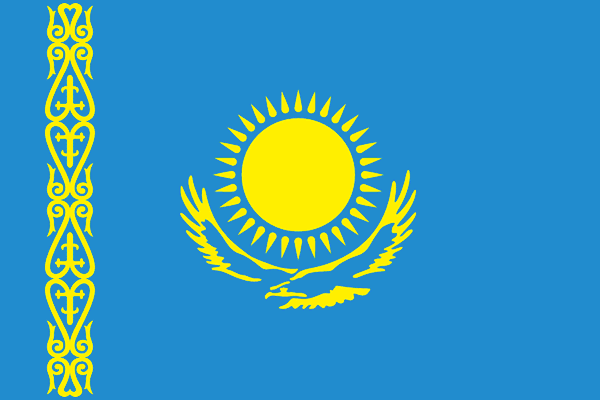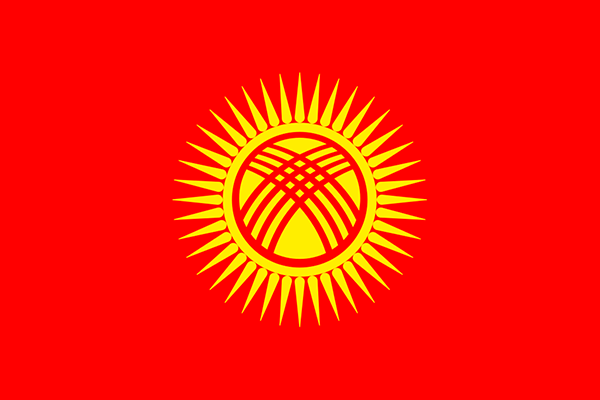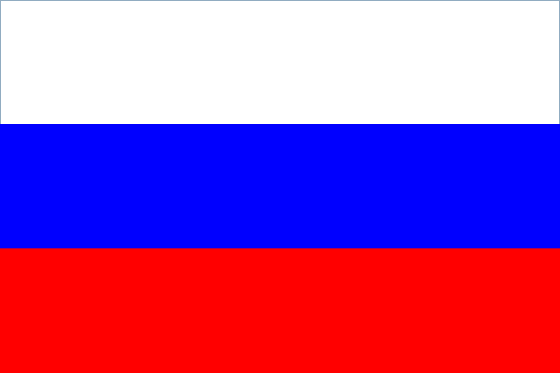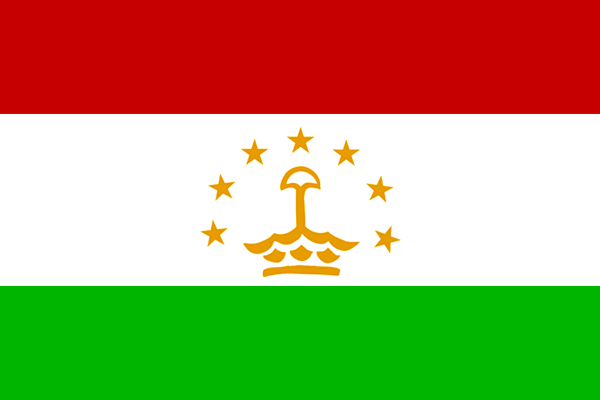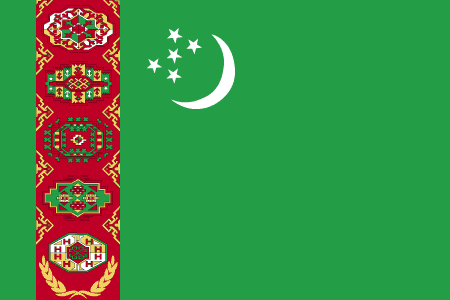
Turkmenistan
Legal system
Legal system of Turkmenistan is based on continental legal tradition. The main source of law in Turkmenistan is the following types of regulatory legal acts:
- legislative acts: Constitution of Turkmenistan; Constitutional laws; Codes of Turkmenistan; laws of Turkmenistan; resolutions of the Mejlis of Turkmenistan.
- subordinate acts: Decrees of the President of Turkmenistan; resolutions of the President of Turkmenistan; resolutions of the Cabinet of Ministers of Turkmenistan; regulatory legal acts of ministries, state committees and departments, decisions of local government agencies (resolutions of the Halk Maslakhaty and hyakims, decision of the Gengesh).
Economy and financial sector
The economy of Turkmenistan adheres to the model of socially oriented market economy, which is developing by export-oriented and import-substituting approach.
The financial sector of Turkmenistan is represented by the following types of organizations: The Central Bank and financial institutions, leasing companies, insurance companies, stock exchange, securities intermediaries, and investment institutions.
The banking sector (financial institutions) of Turkmenistan is regulated by the Central Bank of Turkmenistan. There are 11 licensed banks in the country consisting of 6 state, 3 joint stock banks and two branches of foreign banks. The banking system of Turkmenistan is the most developed part of the country's financial sector.
The insurance sector is comprised of 4 insurance companies that are regulated by the state insurance supervision authority represented by the Ministry of Finance and Economy of Turkmenistan. One State Insurance Organization "Turkmengosstrakh" and 3 non-governmental companies are operating in Turkmenistan.
Banks act as investment intermediaries and investment institutions.
Financial Intelligence Unit
October 5, 2018, the Financial Monitoring Service under the Ministry of Finance and Economy of Turkmenistan (hereinafter referred to as FMS) was established by a resolution of the President of Turkmenistan, which until then had been functioning within the Ministry itself as the Financial Monitoring Department.
The head of the delegation of Turkmenistan to the EAG is Mr. Dovran Halbaev, Chairman of the Financial Monitoring Service under the Ministry of Finance and Economy of Turkmenistan.
Agencies involved in the AML/CFT system
The AML/CFT/CPF system in Turkmenistan is based on the AML/CFT/CPF Law of Turkmenistan. The competent AML/CFT/CPF authority, ministries, departments, law enforcement agencies, military structures, credit and financial institutions, as well as the private sector representatives take an active part in the functioning of the system within their competence in preventing money laundering and terrorist financing and related predicate offences.
Legal framework
In 2009, the Law "On Countering the Legalization of Criminal Proceeds" was adopted, in August 2015 the basic law was finalized and adopted in a new version. In order to improve the AML/CFT legislation, this law was amended and supplemented by the Law on "Amendments and Additions to Certain Legislative Acts of Turkmenistan" No. 149-VI of June 08, 2019, and No. 233-VI of March 14, 2020.
International cooperation
Turkmenistan is a member of about 50 international organizations, including the United Nations Organization, ECO, CIS, OSCE, Non-Aligned Movement, Islamic Cooperation Organization, Energy Charter, IMF, World Bank, ADB, CAREC, World Health Organization (WHO), International Organization for Migration, International Atomic Energy Agency, Forum of Gas Exporting Countries and others. Turkmenistan is also a party to over 150 international conventions, treaties and other multilateral instruments. Turkmenistan recognizes the priority of universally recognized norms of international law. If an international treaty to which Turkmenistan is a party contains rules that differ from those stipulated in the law of Turkmenistan, the rules of the international treaty shall apply (Article 9 of the Constitution of Turkmenistan).

 Login to your account
Login to your account Eng
Eng Рус
Рус

